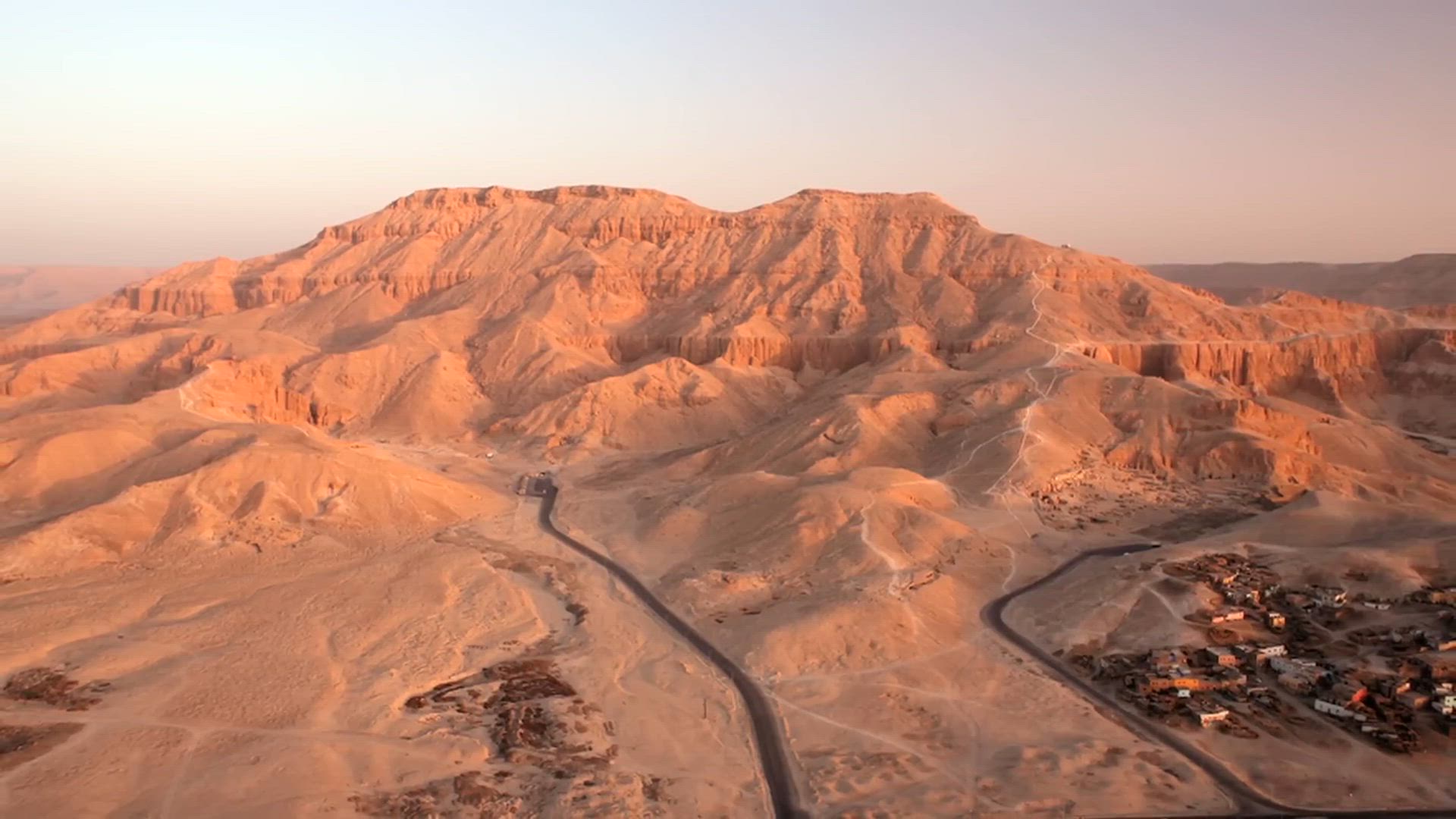Kraków: A Journey Through Poland's Historic Gem
Poland's second-largest city, Kraków, presents a fascinating evolution from Stone Age settlement to modern cultural capital. This historic metropolis seamlessly blends medieval charm with contemporary academic life.
A City of Learning
Kraków's academic heritage stands as a defining characteristic:
* Emerged as a major national academic center after 1918.
* Continues to thrive as a cultural and educational hub.
The Historic Market Square
The city's medieval marketplace remains a vibrant center of activity:
* Traditional market transformed into a modern shopping destination.
* Houses unique crafts and souvenirs.
Archaeological Marvel
Beneath the market square lies a fascinating museum revealing:
* 14th-century street levels.
* Preserved medieval wooden structures.
* What guides playfully call "medieval lasagna" - layers of city development stacked through centuries.
Cultural Landmarks
The city's architectural heritage includes several notable features:
* 19th-century park replacing the ancient city walls.
* The majestic Wawel Castle.
Curious History
At Wawel Cathedral, visitors can see what medieval residents believed to be dragon bones, but were later identified as fossils of:
* Ancient rhinoceros.
* Prehistoric whale.
This mistaken identification of prehistoric remains as dragon bones adds a whimsical touch to Kraków's rich historical narrative.
The city stands as a testament to Poland's cultural resilience, having maintained its position as a center of learning and arts through centuries of change. From its medieval marketplace to its modern universities, Kraków continues to evolve while preserving its historical character.
The harmonious blend of ancient architecture, academic vitality, and cultural traditions makes Kraków a unique destination where visitors can experience Poland's past while witnessing its dynamic present.






